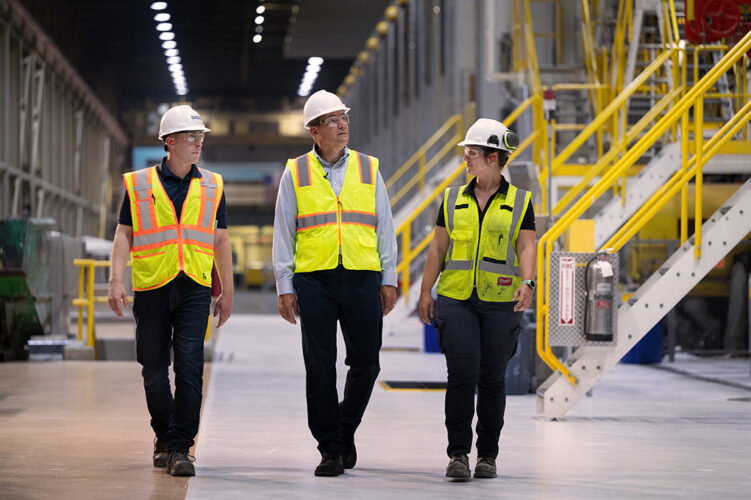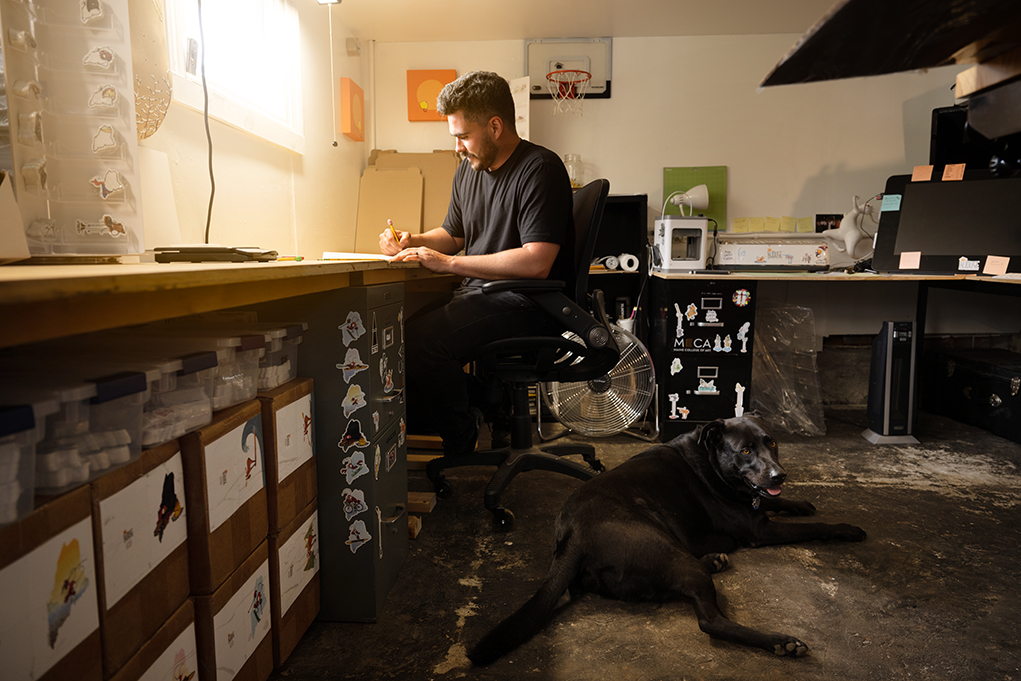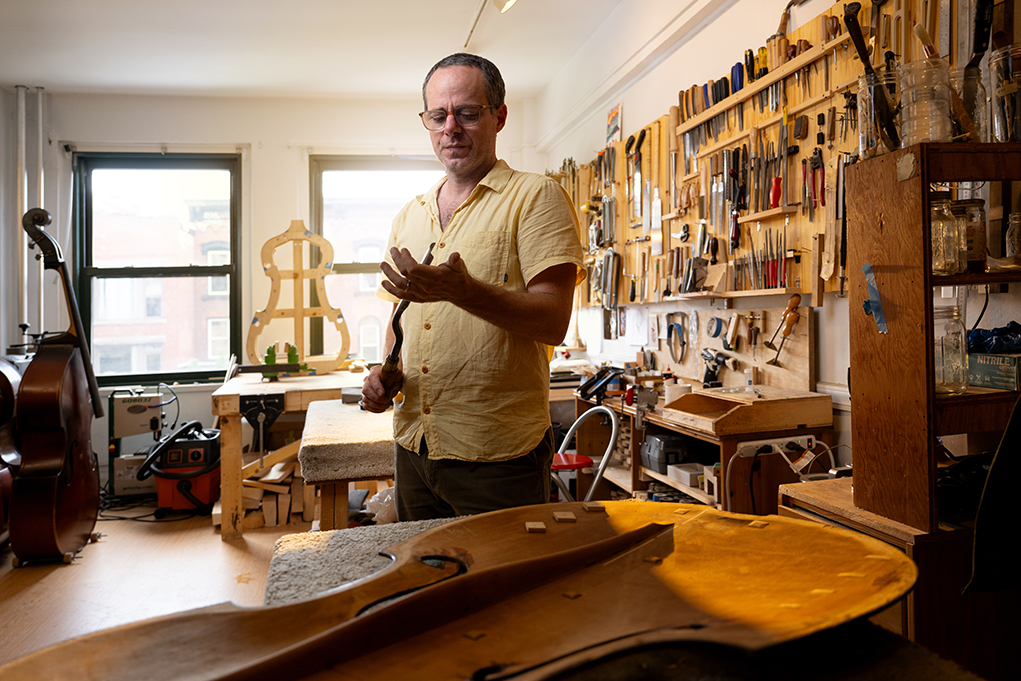
This week, I returned from hiking the Laugavegur Trail in Iceland. The 34-mile (55 km) trail winds from Landmannalaugar through the Fjallabak Nature Preserve to Thorsmork (Þórsmörk).
The landscape is otherworldly: high-altitude snowfields, boiling geothermal vents, emerald-green mossy slopes, and a miles-long highland desert coated in black ash and volcanic rock. After two years of planning with my friends—two from Washington State, one from Southern Maine—I thought I knew what to expect.
Yet, Iceland blew my mind. The trail was more demanding than I’d imagined, and the scenery more beautiful and extreme. I took a single camera and lens to document the journey. Though I’m no landscape photographer, Iceland made me feel like I could be.
We spent four days hiking, fording rivers, crossing snowfields, and scaling over 5,500 feet of elevation. We met Icelandic folks, hikers from around the world, and stayed in a hut with a group calling themselves Viking Women.

Three takeaways from this trip—my first significant international adventure in 20 years:
The Value of Attempting Hard Things
Hiking 5-8 hours for four days straight was a challenge, and it felt great to finish. Just getting there—lining up transportation, reserving huts a year in advance, packing and repacking—was also a challenge. In the end, the effort made for a truly satisfying experience, unlike any other I’ve ever had.
The Importance of Maintaining Relationships
Many men I know have strong family ties but have let longstanding male friendships go. For over ten years, I’ve gathered annually with a small group of friends from both coasts. Some of this group went together to Iceland. Long-distance relationships can be maintained via text or Facebook, but getting together in person keeps them growing. Spend four days backpacking with someone, and you get to really know who they are. I wouldn’t trade that time for anything.
Preparation Is Everything
A year ago, I was physically unprepared for a hike like the Laugavegur. It had been decades since my last multi-day backpacking trip. In my 20s, I would have winged it. Now, I wanted to enjoy the trip. I started walking daily over a year ago, racking up more than 2,400 miles in 2023, often with a 20-lb pack. I joined a Facebook group for trail hikers, researched, and asked my Icelandic neighbor for advice. Preparation made the trip smooth and enjoyable instead of painful and anxiety-filled.
So I’ve gotten my feet wet, and I plan to keep it up. Not just with big, multi-day hikes in exotic places but also hikes here in Maine and New England. Being outside is medicine for my soul. To me there’s no more apt advice than this, attributed to Pythagoras: “Leave the roads; take the trails.”
–30–








































